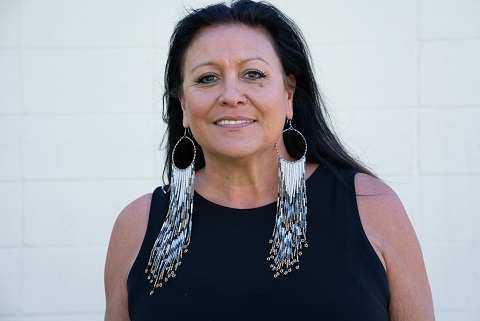Due North is a broad education plan crafted by the Walz Administration that seeks to limit disparities between white students and students of color. Included in it are measures and funding to ensure all students receive an accurate history of Minnesota’s Indigenous people, which is lacking in many current curriculums across the state. Even the name of our state, “Minnesota” is derived from the Dakota phrase Mni Sota Makoce, which means “lands where the waters reflect the clouds.”
Ramona Kitto-Stately is the project director for We Are Still Here Minnesota. She says education around indigenous history should start right away in the school environment.
“For kindergarteners….we color the flag of the nation. All right, there are 11 nations in our state, 11 tribal nations, it’s very simple.. The concept of sovereignty isn’t that hard. It’s that we’ve never taught it,” said Kitto-Stately.
Minnesota has among the best K-12 academic outcomes in the nation. Minnesota also consistently exhibits some of the greatest educational disparities between white students and students of color across all areas of education, from reading scores to discipline rates.
One explanation is that indigenous students don’t see themselves in history books, so they feel marginalized. Minnesota Senator Mary Kunesh, recently retired as a library media specialist in K-12 education. She talks about an experience she had with one of her students:
“So There was a student, non native student, that wanted to do some studying around Abraham Lincoln. And after a weekend of studying, he came to me and he knew that I was of Native Descent. And he said to me, Mrs. Kunesh, did you know that Abraham Lincoln is the one that signed the proclamation to hang all those, those men in Mankato? And I didn’t know that. It’s because we haven’t been depicted in our curriculum in an accurate way. And more and more people, native as well as non are calling for that kind of depiction and authentic history. That’s going to show the value in the culture of our native communities, as well as the colonization and genocide that happened,” said Kunesh.
As a legislator Senator Kunesh is working with organizations like “We Are Still Here” to build on work that began more than 10 years ago.
“In 2010, Minnesota was open to infusing the Ojibwe and Dakota culture into the curriculum… that said from now on, 2010, every time we review, the standard disciplines, say science, or literature, we must include the history of the Dakota and the Ojibwe in Minnesota. That was huge. What we learned was… There’s no curriculum available,” said Kitto-Stately.
The new initiatives in the education plan make up $8.9 million in proposed new spending over the next two years. A main point in the plan to Expand Access to Opportunities for Students of Color and Indigenous Students is to establish an Equity, Diversity and Inclusion Center at the Minnesota Department of Education to address systemic racism. The plan also aims to provide educational experiences that value student culture and identity.
“I would love to see it go much longer than two years and, and make it an integral part of professional development, especially, you know, perhaps in licensure for teacher licensure as well,” said Kunesh.
At this time, the individual bills related to the Due North Education Plan have not yet been drafted for legislation.
Emma Needham reporting for Minnesota Native News
More with Ramona Kitto-Stately


 45K Doses Of Johnson And Johnson Vaccine On The Way To Minnesota
45K Doses Of Johnson And Johnson Vaccine On The Way To Minnesota